[OFFICIAL ONLINE] HAND-CRAFTED LUXURY BOX FOR JAPANESE EMPEROR
Summer holiday dates are asfollows : Aug.15th,2025 to Aug.17th,2025.(Japan time)
BACK IN STOCK
-
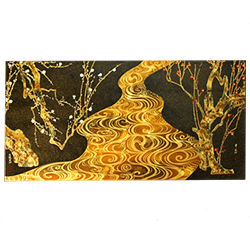
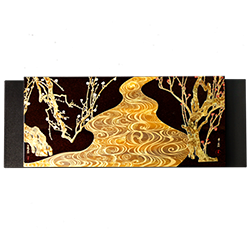 WALL ART
WALL ART
- 18th Century Revival of Master Artisan
|
From the Master Craftsmen's Atelier 
Our Master Craftsmen Are the Best of the Best Masters in Japanese Lacquerware Creation. Founded in 1919 in Tokyo, Japan, YAMADA HEIANDO has been the proud purveyor to the Japanese Imperial Household. Our products vary widely from classic set of tableware to modern line of stationery, each of which have long been serving the Japanese Emperor and his Imperial Family, Foreign Embassies of Japan, renowned shrines and temples for worship, major global enterprises, and, of course, private individuals throughout the world. What marks us sincerely unique, and consequently brought us into the largest lacquerware brand in Japan, is our fundamental belief: to deliver the best lacquerware to our customers. In pursuing such notion, we have come to form our own atelier with Japan's best craftsmen. Their exceptional skills and experiences are the few lores of traditional lacquer creation that no one else holds any more. With great dignity and honour, we call these craftsmen of ours "the Master Craftsmen." ▼ ▼ ▼ 1 The Perfect Materials, for the Best Craftsmen. Genuine Materials from Nature.Sensibility in Models and Pre-Coats. Materials for this item are 100% natural. First we carve items from Japanese genuine woods, using varieties of hand tools to add fine tuning. Models are shaped with our experienced craftsmen's keen sense of touch, so that each bowls and lids would fit exactly when put together. We then keep them dry for months until their moisture concentration stabilises at low percentage. Thin layers of raw clay and urushi lacquer are applied to form a evenly smoothed surface. These pre-coats need to be thin enough for them to dry inward and outward at the same speed, or they would shrink on the exterior. A flat canvas is the essential for the next step: drawing representative designs with a "maki-e" technique. 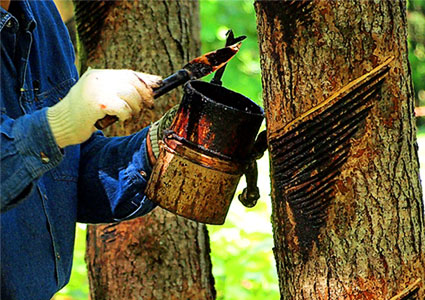
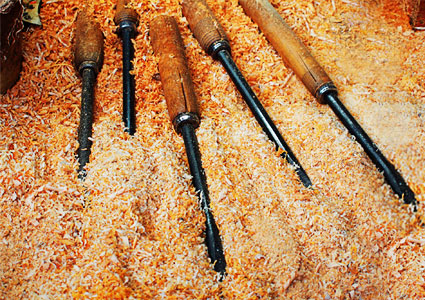

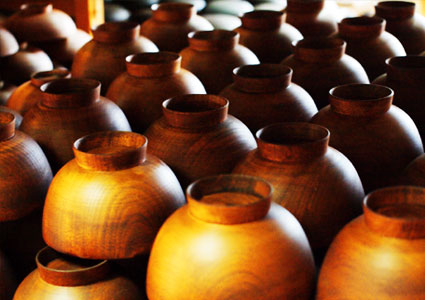
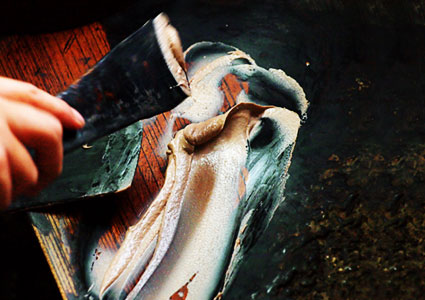
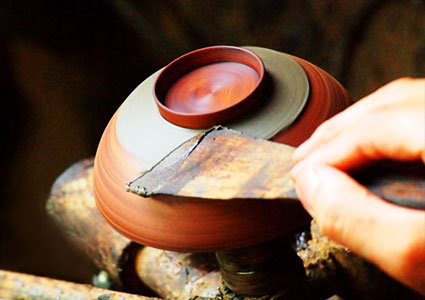


MAKI-E,The Finishing Sparkles on Lacquerware. Typical examples of lacquerware were ones with finishing called MAKI-E. It is a traditional Japanese technique of gilding, to draw three-dimensional pictures and designs on a lacquered surface. Only meticulousness of the finest craftsmen can create this work of art, by portraying classical motifs in lacquer on a pre-coated model and sprinkling gold and silver leaf on top. This beauty of Japan has been fascinating people all over the world, including Maria Theresa of the Habsburg dominions and her daughter Marie Antoinette. The two celebrities were so passionate that they set an entire room full of lacquered luxuries in the Schönbrunn Palace and the Palace of Versailles respectively. Maria Theresa even preferred lacquerware to "everything in the world, all diamonds." They referred to lacquereware as "Japan," after respect and admiration for the glorious country of the Far East. 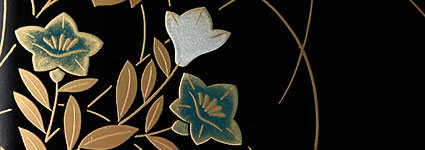
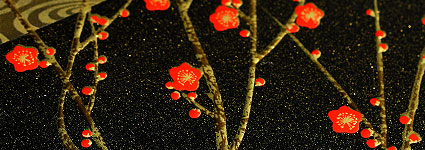
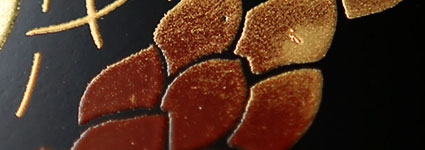
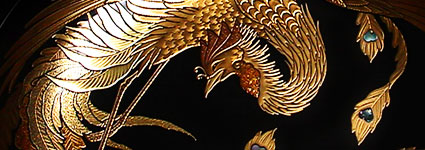
2 Exclusive Techniques of MAKI-E,in Exactly the Same Methods as Centuries Ago. Our Master Craftsmen are addressed so for their extraordinariness of posessing multiple "maki-e" techniques. Since each technique requires well over a decade just to be able to draw a straight line, only a very limited number of craftsmen can reach the point where they actually begin learning the second method. Holding different techniques all at remarkably high levels, the Master Craftsmen are living legends even to other craftsmen. 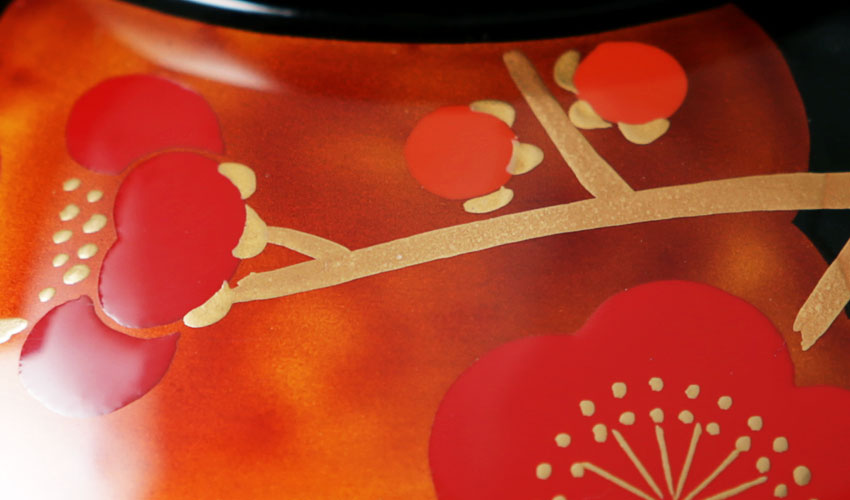
IRO URUSHI( 色漆 Colour Lacquer ) Our craftsmen mix raw lacquer with dyes just before starting painting, so that they can adjust the mixing combinations depending on the day's temperature and humidity. 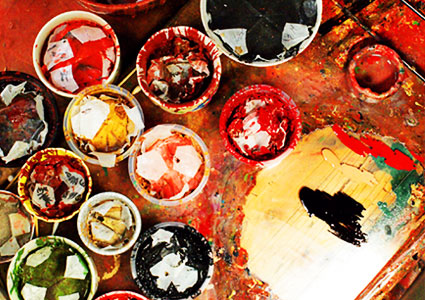

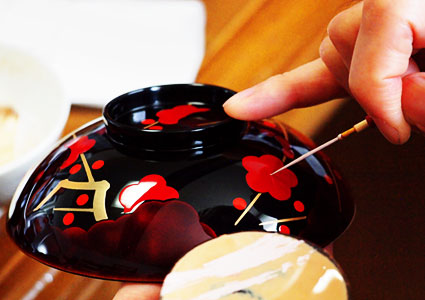
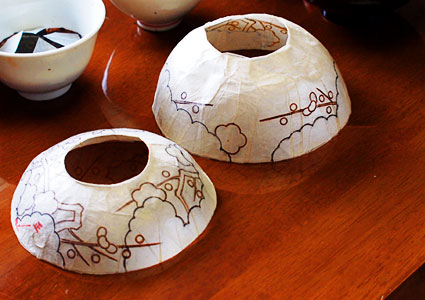
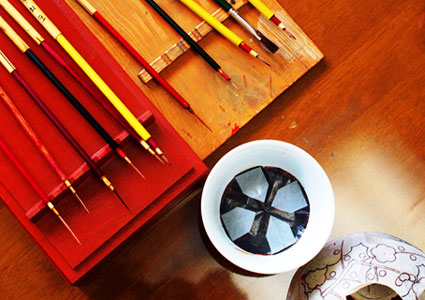
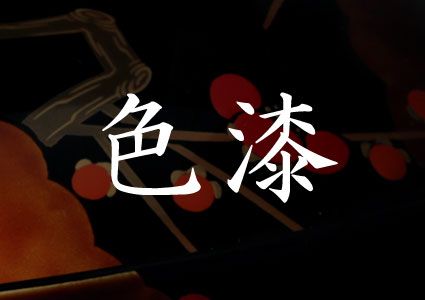
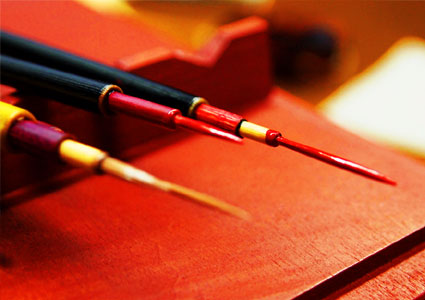
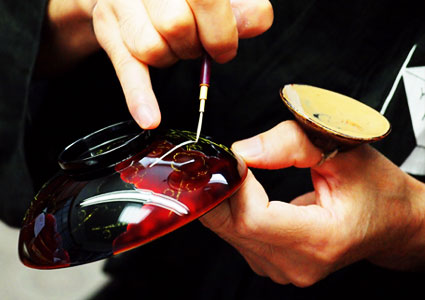
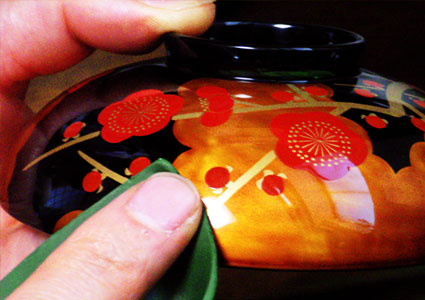

BYAKUDAN SHIAGE( 白檀仕上げ Byakudan Finishing ) A design is first drawn in silver powder and then paint-coated with urushi lacquer, adding gentle nuance to the overall colour and texture. 

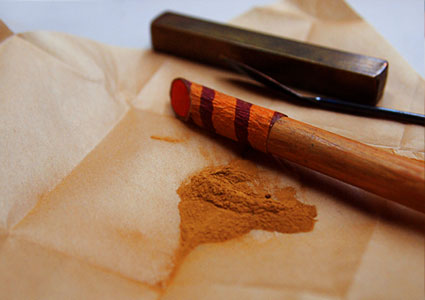
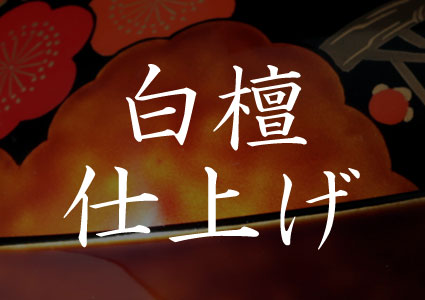
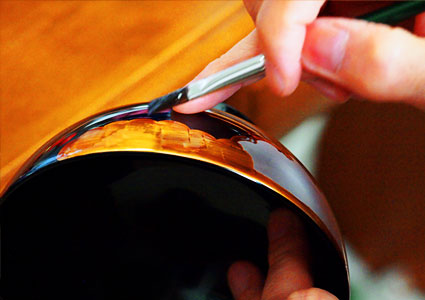


NASHI-JI( 梨地 Golden Mat Surface ) Gold powder in rough flakes are sprinkled onto the surface, with the greatest care not to protrude outside the delicate design. Thick coats of special urushi lacquer are applied to cover the entire surface, but are polished to bring out the design as a three-dimentional relief. YAMADA HEIANDO's nashi-ji is of high renown for our depth in colour, for we paint-coat the lacquer thicker and polish thinner than generally done. 
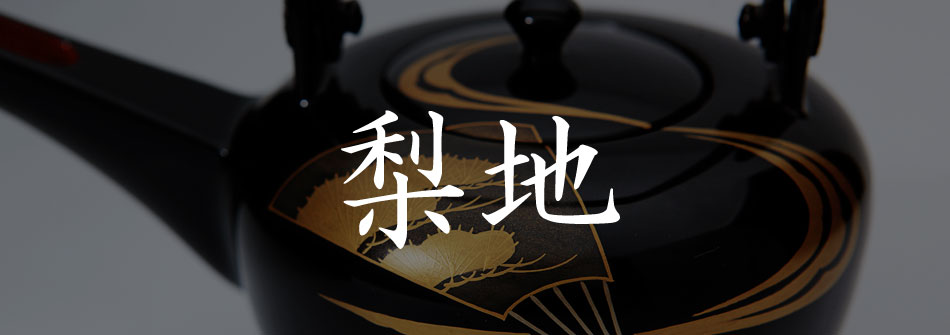
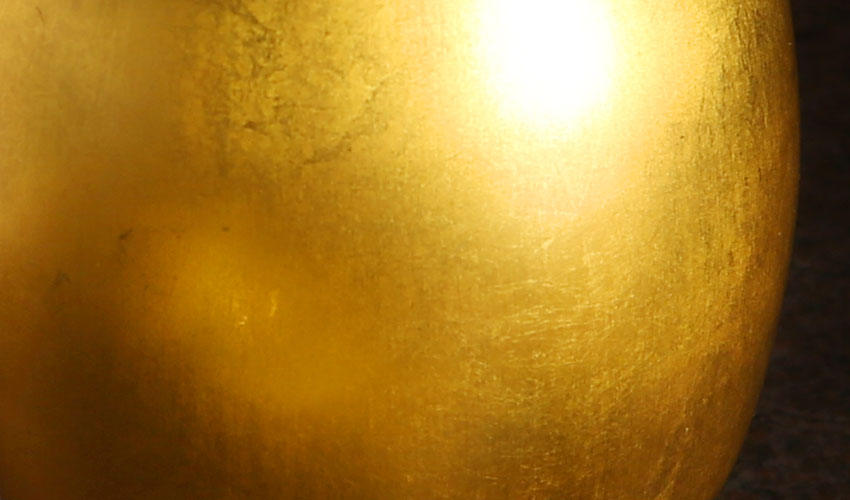
KINPAKU( 金箔 Gold Leaf ) Starting from the size of a coin and ending up in the size of a tatami mat, pure gold is beated out into a sheet as thin as 1/10,000 millimeter. It is so delicate that you can actually see light shine through. Our skillful craftsmen put such refined sheets onto items with the greatest care to make them appear seemless. 
|

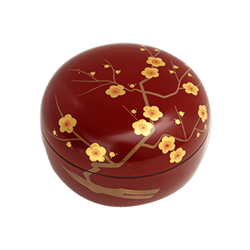 UME DOME BOX
UME DOME BOX
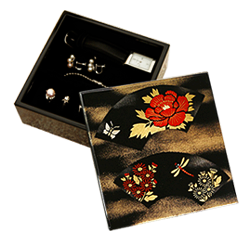 JEWELLERY BOX
JEWELLERY BOX
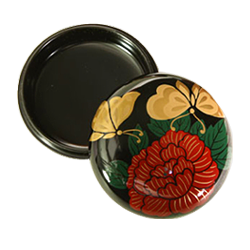 INCENSE CASE
INCENSE CASE
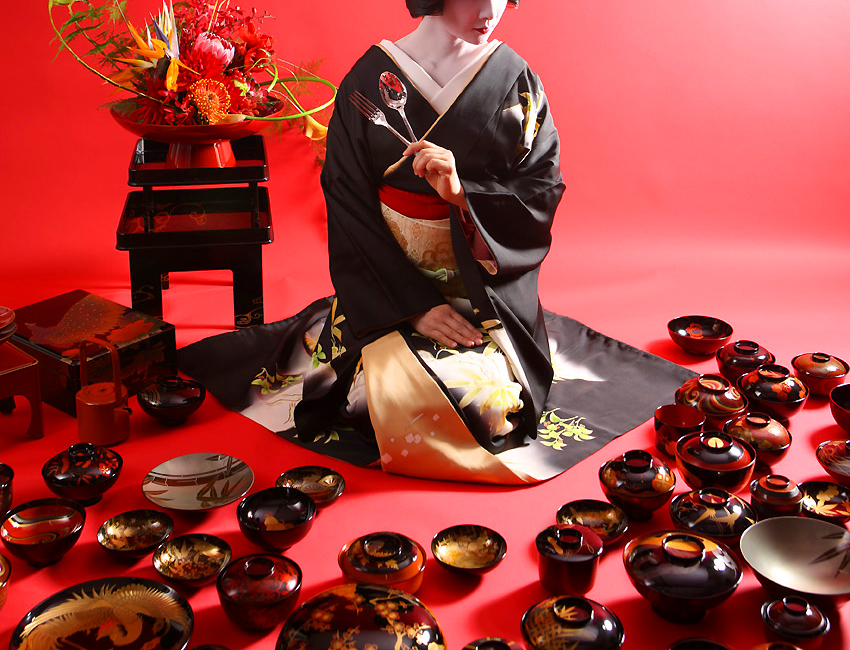

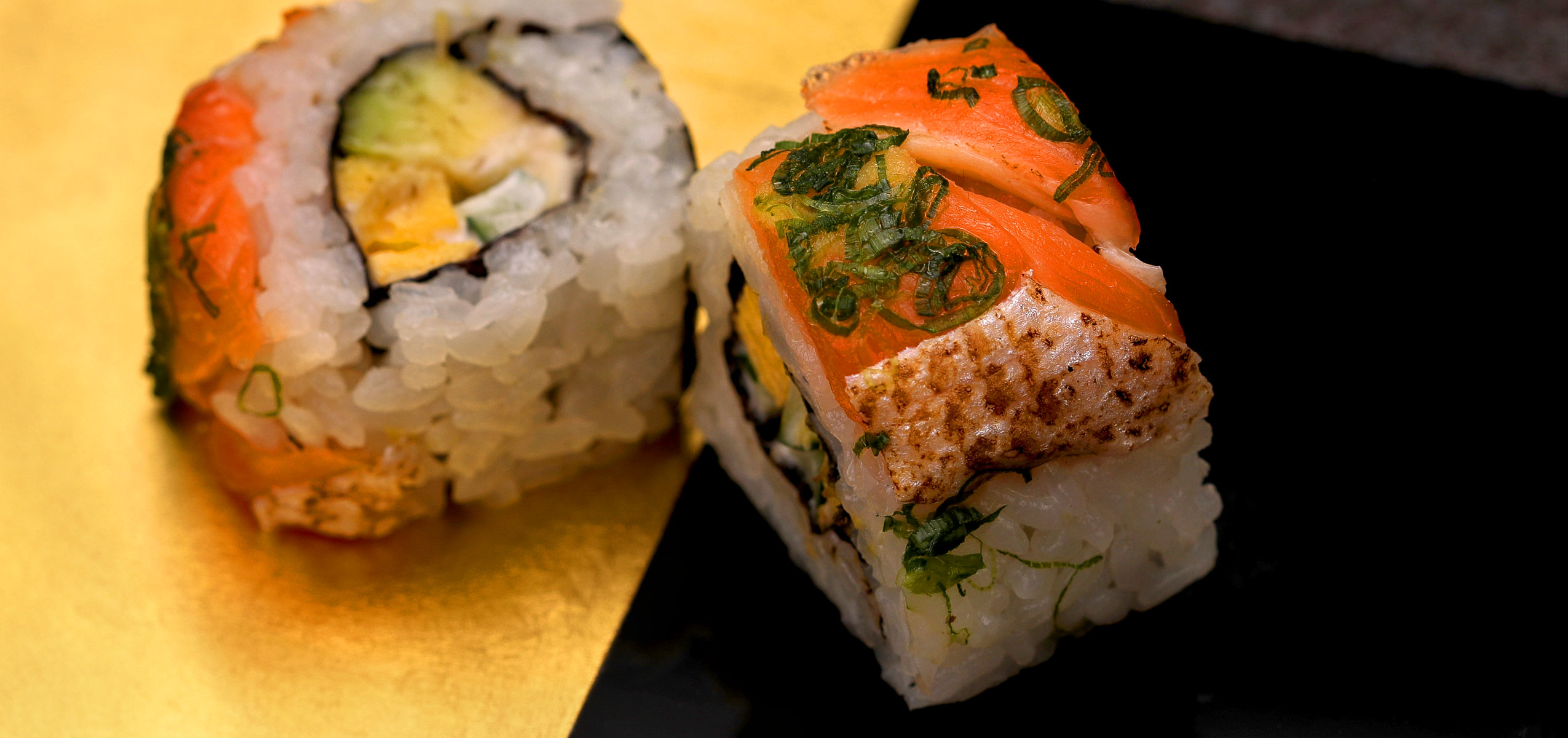
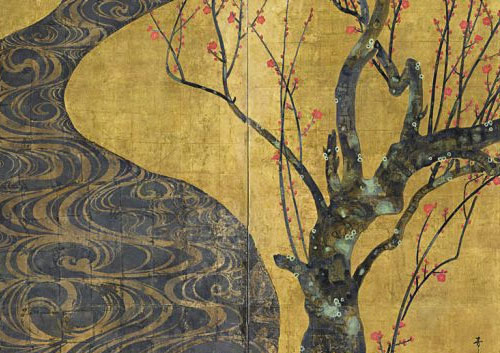
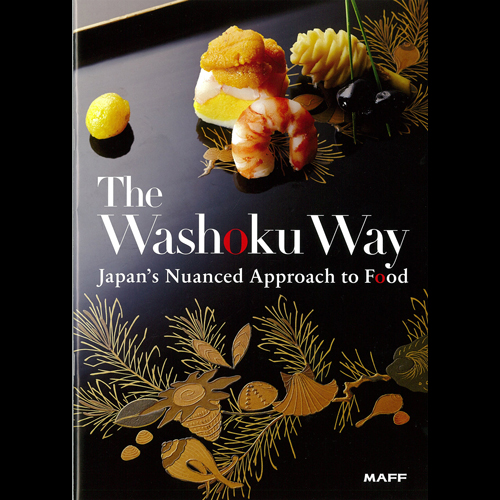
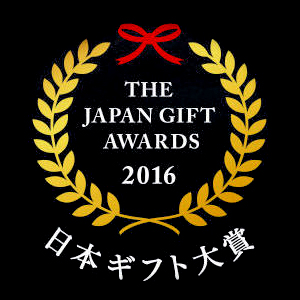









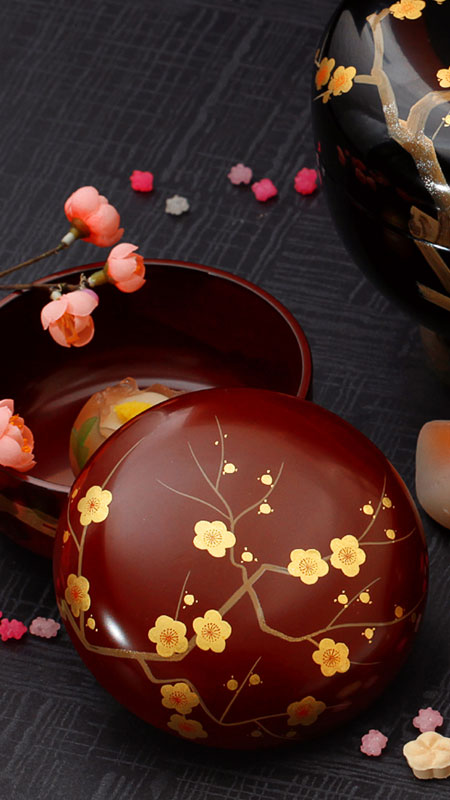


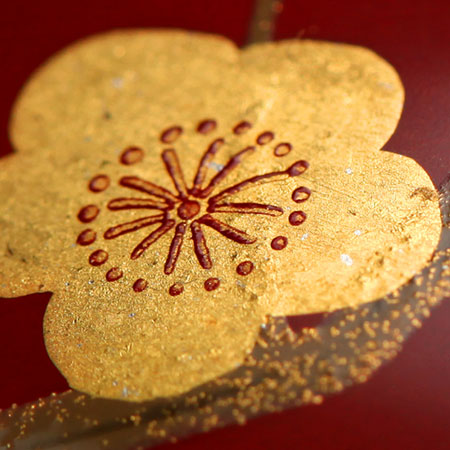
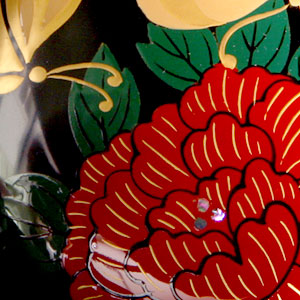
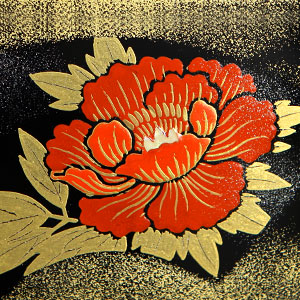

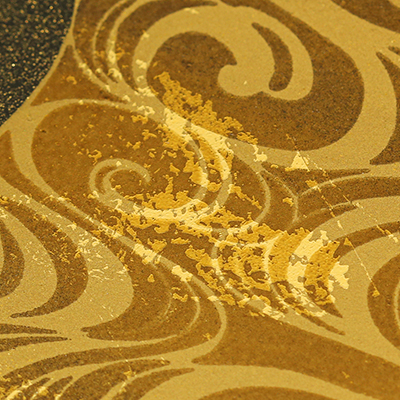
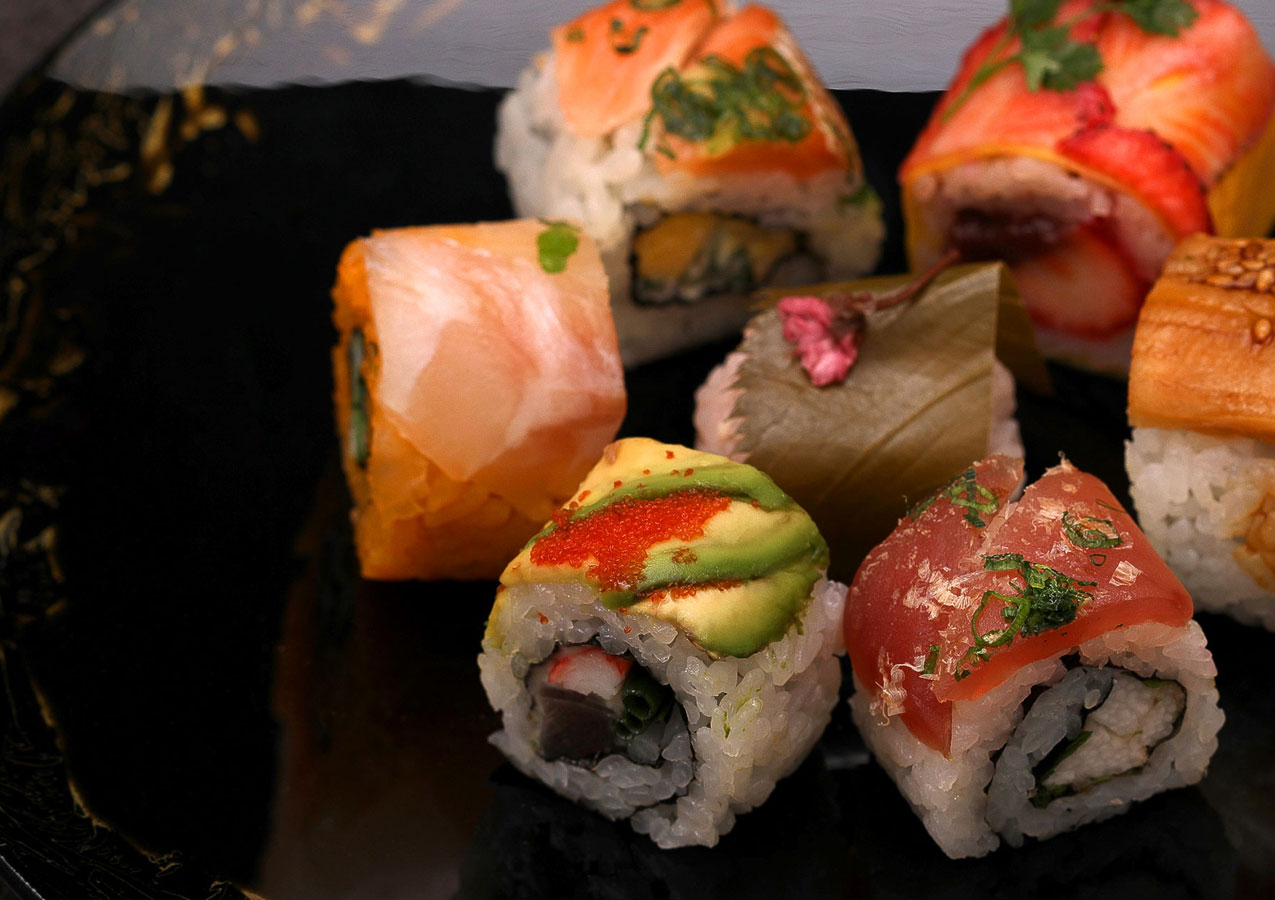
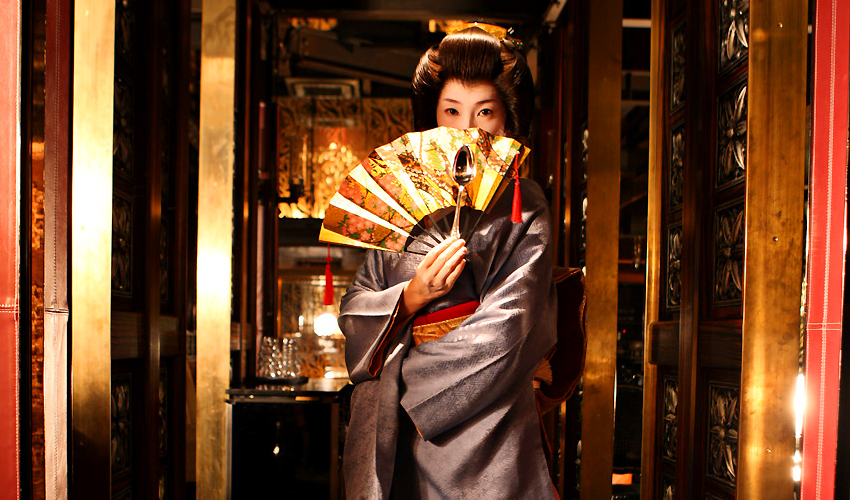
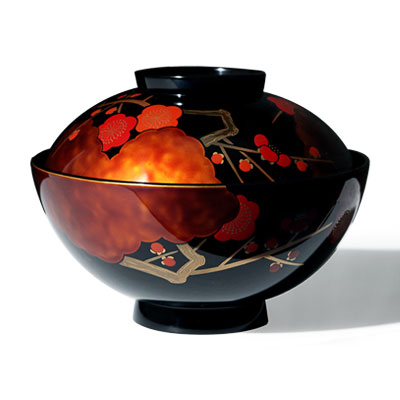
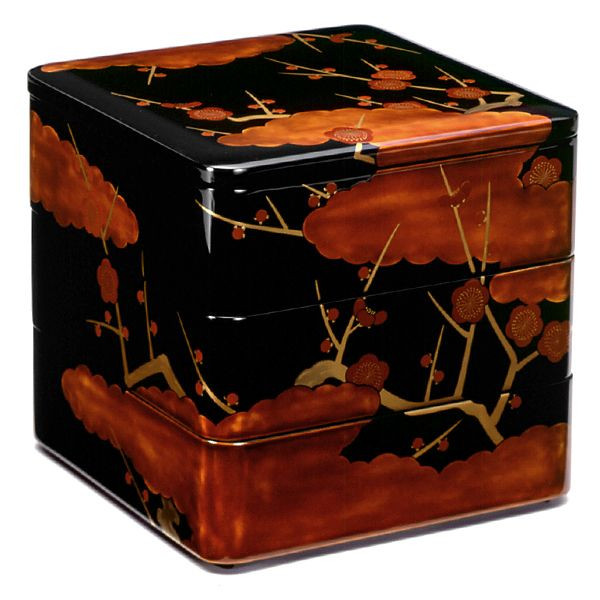

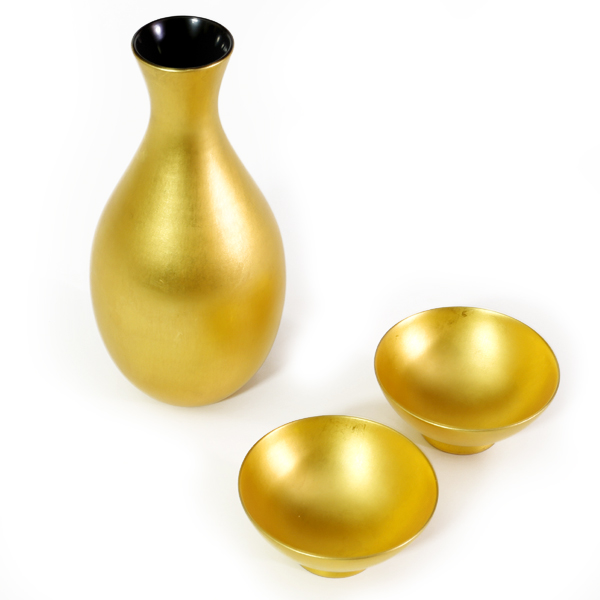


IMPERIAL LACQUERWARE
● Made in Japan
● Trusted since 1919